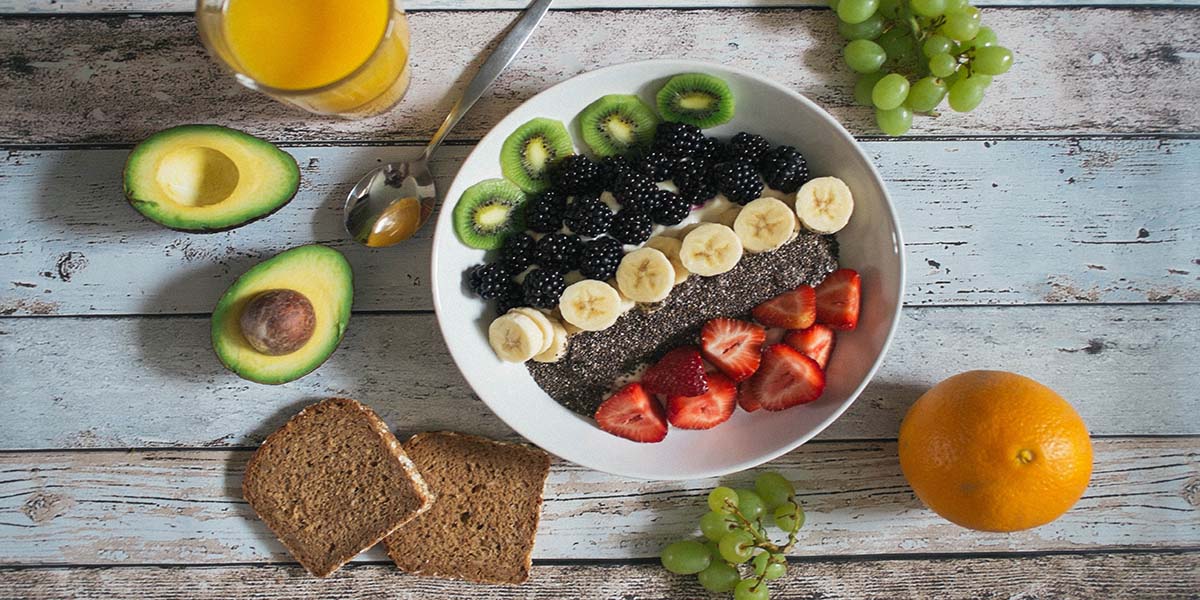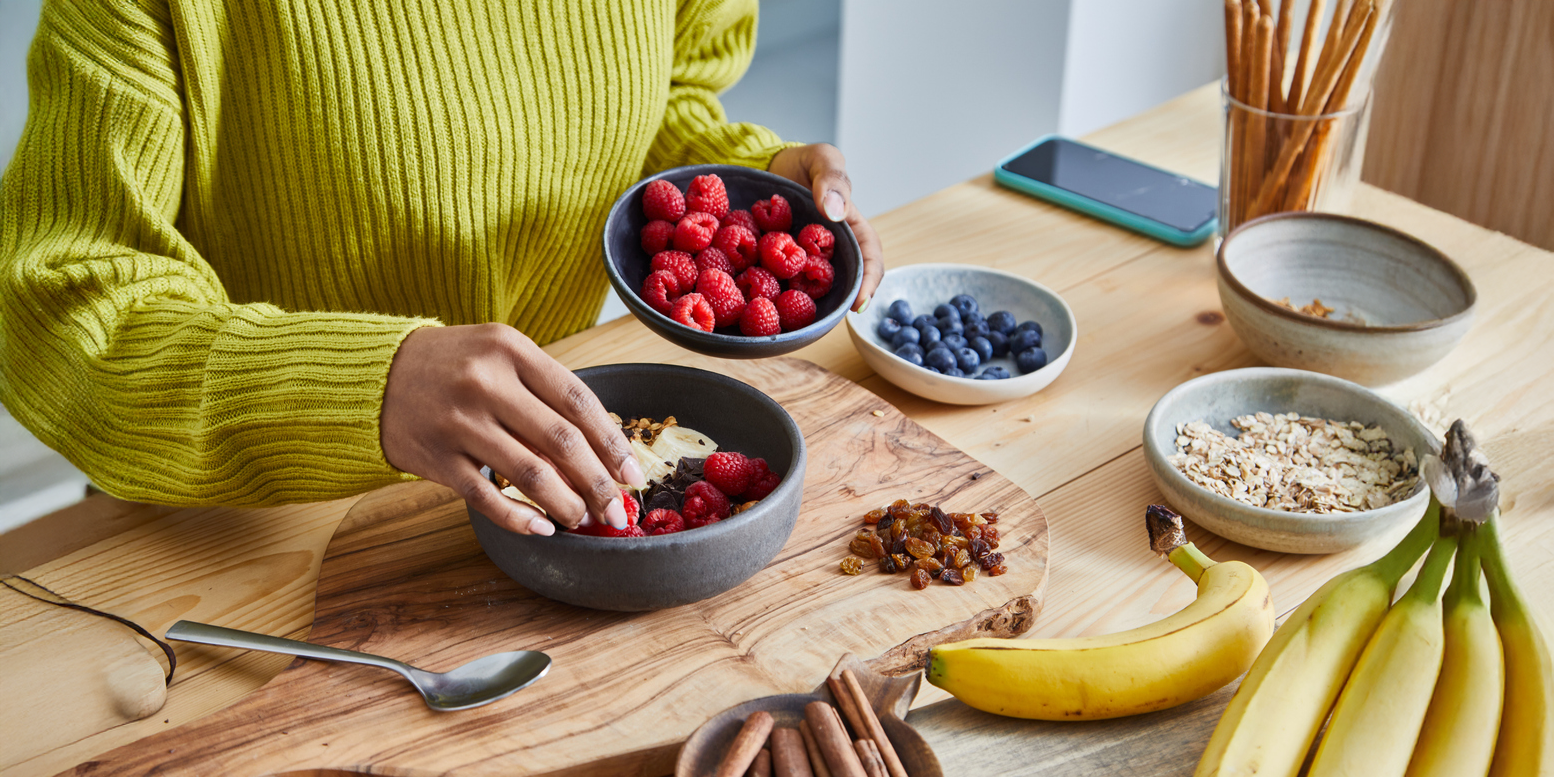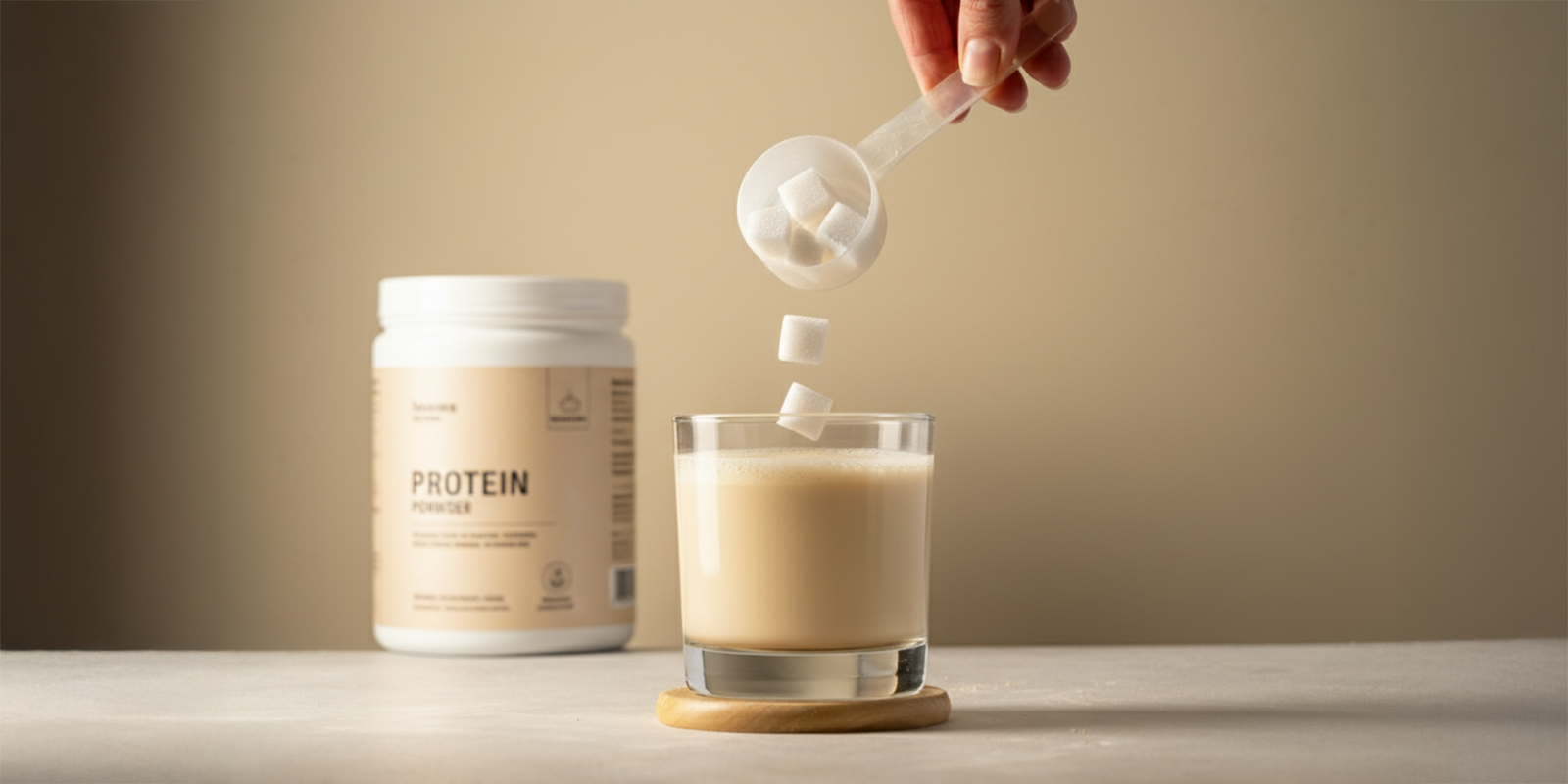Fiber is one of the most commonly talked about nutrients. We see it as an added benefit on packaging at the grocery store, and we know it is beneficial to our health. But if you take a moment to think about it, how much do you really know about fiber? The different types, plus how and why they’re good for your body? Through understanding this necessary part of your diet, it becomes easier to identify what nutritional gaps may already exist in your meal plan, and can help you to learn what your body needs to keep you feeling your best.
Understanding Fiber
To begin - what is fiber? Fiber is a plant-based substance that your body cannot digest, also known as “roughage” or “bulk.” It travels through the body by way of the stomach, small intestine, and colon before leaving your body almost wholly intact. Fiber aids in digestion, helps to lower cholesterol, and improves blood sugar control. Having the right amount of fiber in your diet can help you to reach your weight goals, keep you feeling satisfied after you finish a healthy meal, reduce inflammation, contribute to a healthy gut, and so much more.
Most important of all for your health is understanding that there are actually two different types of fiber. Insoluble and soluble - both of which are important, but each one provides a different set of health benefits.
Insoluble Fiber
Insoluble fiber helps to promote movement in the gut. It does not dissolve or change much as it moves through the body, helping other ingested items on their journey. It helps to ensure that stool can travel through the digestive system by attracting water into the stool. This allows for the stool to comfortably and regularly make its way out of the body.
Although going to the restroom may seem like a basic function, it is incredibly important to overall health. In recent years, according to Healthline, studies have helped scientists and doctors to better understand gut health. A healthy gut has been linked to the overall mood, mental health, autoimmune diseases, endocrine disorders, skin conditions, and more.
This is because the gut is a complex type of microbiome filled with anywhere from 300-500 different types of bacteria to ensure proper digestion, absorption, and discretion. Adding more insoluble fiber into your diet may improve your health in unexpected and wonderful ways.
To add more insoluble fiber to your daily meal plan, look for the following foods:
- Whole-wheat options

- Nuts
- Beans
- Cauliflower
- Green beans
- Peas
- Dark greens
Soluble Fiber
Soluble fiber does not keep its form quite the way that insoluble fiber does. This type of fiber dissolves in liquid and transforms into a gel-like substance. As this gel works through the digestive tract, it offers a wide variety of health benefits.
First, it helps to block fat absorption, which can aid in weight management. As the thick, gel-like soluble fiber spreads out, it blocks fats that may have otherwise been absorbed into the body. Soluble fiber also provides a food source for the bacteria in your gut. There can be up to around 500 different types of bacteria in your gut contributing to your overall health. They must have the fuel they need to keep your gut and your body functioning at their best.
Soluble fiber can also be a wonderful nutrient if you are looking for ways to manage cholesterol. The soluble fiber does this by preventing the absorption of some cholesterol as it passes through your body. Because of this, soluble fiber can aid in lowering cholesterol levels or even the amount of free cholesterol in the blood.
As soluble fiber blocks the absorption of some fat and cholesterol, it does the same with carbohydrates. When it slows and blocks carbs from entering the bloodstream, soluble fiber assists in reducing spikes in blood sugar.
Ensuring enough soluble fiber in your diet in the long term can help prevent gut-related issues, unintended weight gain, diabetes, and more chronic illnesses.
To add more soluble fiber to your daily meal plan, look for the following foods:
- Oats
- Citrus fruits
- Carrots
- Barley
- Brussel sprouts
- Turnips
- Figs
Dietary Fiber + You
As important as it is, it is believed that people in the United States only get about half or less of the amount of fiber recommended for them daily. To make sure you’re getting the important health benefits of fiber each day, here are some facts and figures on how much might be right for you! If you feel you might need more or less based on your diet or medical history, talk to your doctor for an exact recommendation for your specific needs.
- Women under 50: 25 grams per day
- Men under 50: 38 grams per day
- Women over 50: 21 grams per day
- Men over 50: 30 grams per day
If you’re one of the many who struggle to get the proper amount of fiber into your meal plan each day, it might be helpful to add a supplement to your daily routine. It’s still important to eat fresh, plant-based foods, but sometimes a supplemental addition can help you to reach your daily goals! Click here to grab your Protein + Fiber now.















